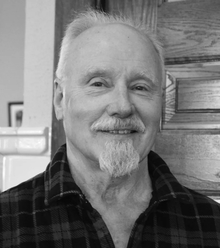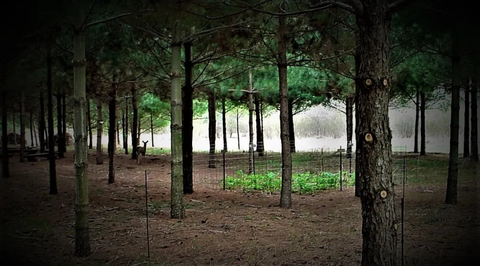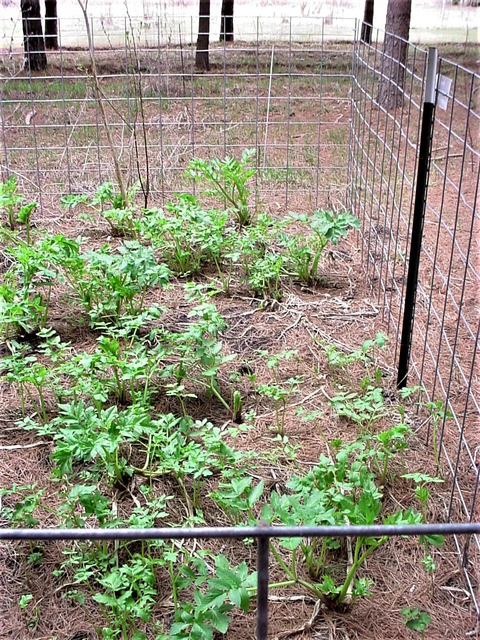UMN Extension RSDP’s regional board members help shape the future of Greater Minnesota. Applications are now open for board members with terms starting Fall 2024. Learn more and discover how you can make a meaningful impact in your region.
In the heart of Wadena, Minnesota lies a lush stretch of land called Green Island. The 60-acre property is owned and stewarded by Kent Scheer and his spouse, Vicki Chepulis. The diverse array of trees and garden landscape on Green Island is nourished by a rich community legacy.
“We live on the old family farm, which was my grandparents’ dairy farm,” says Scheer. “In the 1930s-1970s, the area around here was entirely small dairy farms. That was pretty much the entire basis of local income.”
Upon inheriting the family property in the 1990s, Scheer made the pivotal decision to transform the land into a thriving forest and green space dubbed, “Green Island.” However, this period coincided with the tail end of the American farming crisis. Witnessing the plight of his neighbors in the Wadena farming community, Scheer felt compelled to act.
“We were losing farm families right and left,” he recalls. “But there was still a small group of us who said, ‘you know, if there's anything we can do to try to help support small farmers and sustainable farmers, to come up with ideas that might help give them a little extra break or a little side income, let's see if we can do that.’”
Alongside a group of like-minded citizens, Scheer stumbled upon the University of Minnesota Extension Regional Sustainable Development Partnerships (RSDP).
“It was kind of a perfect pairing. RSDP offers this opportunity, that if you're a citizen of the state, and you've got an idea that is for the general betterment, you can take it to RSDP. Maybe if they like it, they'll develop it with you,” he says.
The partnership resulted in a handful of projects aimed at supporting small and sustainable farmers. From a handbook on farmstay development to initiatives promoting fruit cultivation in Northern Minnesota, these endeavors sought to provide additional income and resources to those in need.
Land held near and deer
Even as Scheer worked to uplift his neighbors, Green Island faced its own challenges.
“Right here on our property we have a deer herd that changes between maybe 25 to 35 deer. They comb our entire property for anything they can get,” he laments. “I have a forest that I'm developing, and I need to diversify that forest. But anything that I plant is gone within days.”
Looking for solutions, Scheer partnered with RSDP once more, embarking on an experiment aimed at keeping deer at bay. The project set out to test an old theory Scheer heard about throughout the years, that deer won’t enter spaces they find threateningly small. Using easily accessed materials, Scheer created six individual micro-exclosures for the trial.
“We just chose 16-foot by 16-foot exclosures, because that's the size of a cattle panel which you can buy ready-made from most garden supplies or farm supplies stores,” he says. “Then you can just clip those together, and you've got an automatic enclosure.”
These movable barriers not only protected vulnerable plants but also allowed for easy relocation of the exclosures, a method Scheer found to be more flexible than permanent fencing.
“By using cattle panels, we can establish plants in one area and then, once they reach maturity, move the exclosure to a different spot,”
The results of the study were promising, with the method proving to be 90% effective. Pleased with the outcome, Scheer has continued using the exclosures to make progress on his green space and taken efforts to share the findings with others.
“Of course there will be a breach now and then,” he acknowledges, highlighting the occasional need for adjustment. “If you find that you have an adventuresome deer in your population who decided to take the chance, then you make that exclosure look smaller.”
According to Scheer, by tying a few strips of fabric onto a rope and running it through the middle of the enclosure, deer will perceive the space as even smaller. Ultimately, he suggests that gardeners employ an arsenal of tools to deter deer.
“I also use an egg spray. I use sulfur. I use fish emulsion. So the exclosure fits beautifully into that array, and you need tiers of protection. Any method will have points at which it will fail,” he emphasizes. “But we’ve found that our exclosures have a lower failure rate than other systems.
Greener pastures
Largely safe from the local deer, Green Island continues to thrive. And so does Scheer’s long-standing desire to serve his local community.
“One day we just said, you know it seems kind of a shame that there's just a few people that are benefiting from this,” he recalls. “We might as well let other people come in and just enjoy the fresh air, the trees, the smell of the flowers and the wildlife!”
Today Green Island serves as a full-fledged nature preserve and a popular community gathering spot. A haven for locals and visitors alike, the space offers community events, art installations, and wheelchair-accessible trails for public use. There are even information stations throughout the preserve to provide educational information on forestry and the vital role of trees in mitigating climate change. Scheer says he hopes the property’s stark evolution from dairy farm to nature preserve is seen as a statement underscoring the critical need for conservation.
“I believe that anything anybody can do to not only raise awareness but to kick people in the pants and try to get them moving is something we have to start doing,” he says. “We're doing it in our small way here at Green Island.”
Dive into the heart of community leadership and sustainability!
Permission is granted to news media to republish our news articles with credit to University of Minnesota Extension. Images also may be republished; please check for specific photographer credits or limited use restrictions in the photo title.




